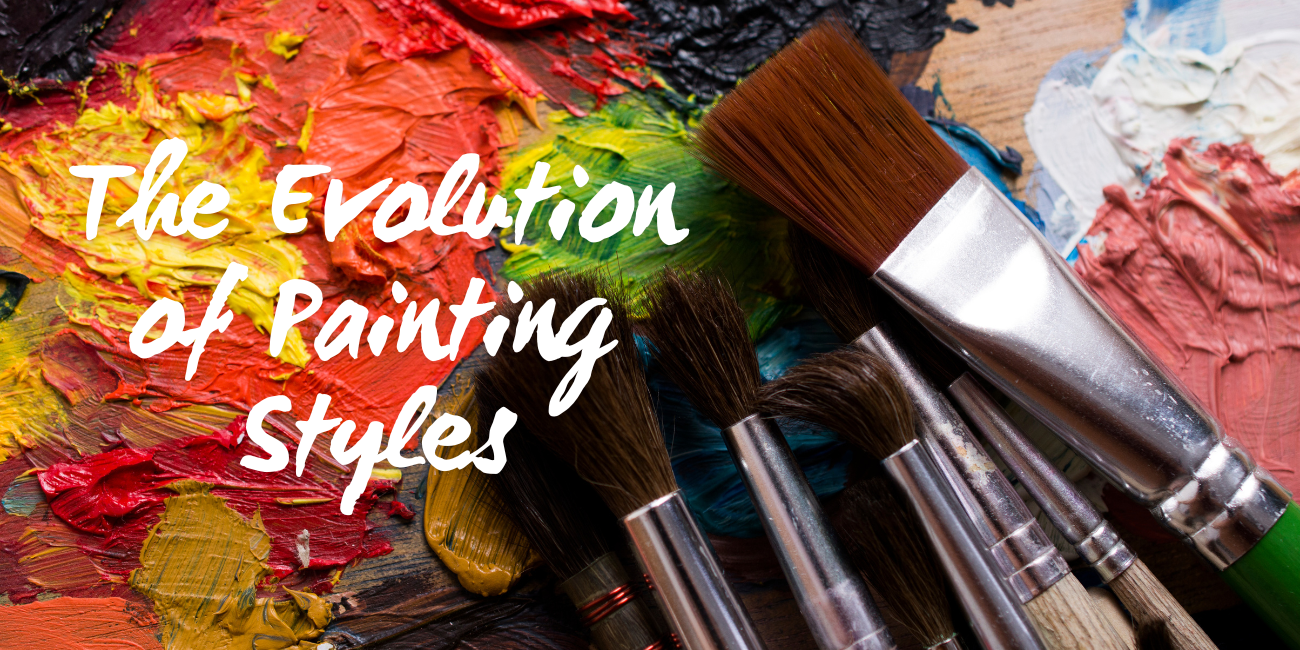
The Evolution of Painting Styles: From Renaissance to Modern Art
Painting is a dynamic art form that has continually evolved over centuries, reflecting the cultural, social, and technological changes of its time. This blog explores the major painting styles from the Renaissance to modern art, highlighting key characteristics and influential artists.
The Renaissance: The Birth of Realism
Key Characteristics:
- The Renaissance, spanning the 14th to 17th centuries, marked a revival of classical learning and an emphasis on realism and humanism. Artists focused on proportion, perspective, and anatomy to create lifelike representations.
Example: Leonardo da Vinci’s “Mona Lisa” exemplifies the use of sfumato (blurring of edges) to achieve a realistic portrayal of the human face.
Influential Artists:
- Leonardo da Vinci, Michelangelo, and Raphael are among the most renowned artists of this period, known for their mastery of technique and profound influence on Western art.
The Baroque: Drama and Movement
3. Key Characteristics:
- The Baroque period (17th century) introduced dramatic use of light and shadow, rich color palettes, and dynamic compositions. This style aimed to evoke emotion and grandeur.
Example: Caravaggio’s “The Calling of Saint Matthew” demonstrates dramatic chiaroscuro (contrast between light and dark) to create a sense of depth and drama.
Influential Artists:
- Caravaggio, Peter Paul Rubens, and Rembrandt are key figures whose works are characterized by intense emotional expression and movement.
Impressionism: Capturing Light and Moment
Key Characteristics:
- Emerging in the late 19th century, Impressionism focused on capturing the fleeting effects of light and color. Artists used quick brushstrokes and often painted en plein air (outdoors) to depict scenes from everyday life.
Example: Claude Monet’s “Impression, Sunrise” is known for its loose brushwork and emphasis on the play of light on water.
Influential Artists:
- Claude Monet, Pierre-Auguste Renoir, and Edgar Degas pioneered this movement, challenging traditional techniques and compositions.
Modern Art: Breaking Boundaries
Key Characteristics:
- The 20th century saw a break from traditional forms and techniques, giving rise to various movements like Cubism, Abstract Expressionism, and Surrealism. Artists explored new materials, concepts, and forms of expression.
Example: Pablo Picasso’s “Les Demoiselles d’Avignon” broke with traditional perspective and form, paving the way for Cubism.
Influential Artists:
- Pablo Picasso, Jackson Pollock, and Salvador Dalí are among the most notable modern artists, each contributing to different movements and redefining the boundaries of art.
Conclusion: The Ever-Evolving Art of Painting
Painting has undergone significant transformations, each era bringing new styles and techniques that reflect the changing world. From the meticulous realism of the Renaissance to the abstract expressions of modern art, painting continues to be a vital form of human expression.
As we look to the future, the evolution of painting promises to bring even more innovation and inspiration. Embrace the rich history and dynamic present of this timeless art form.
Stay updated and connected with Wainsy on social media:
Facebook: Follow us on Facebook
Instagram: Follow us on Instagram
YouTube: Subscribe to our YouTube channel
LinkedIn: Connect with us on LinkedIn